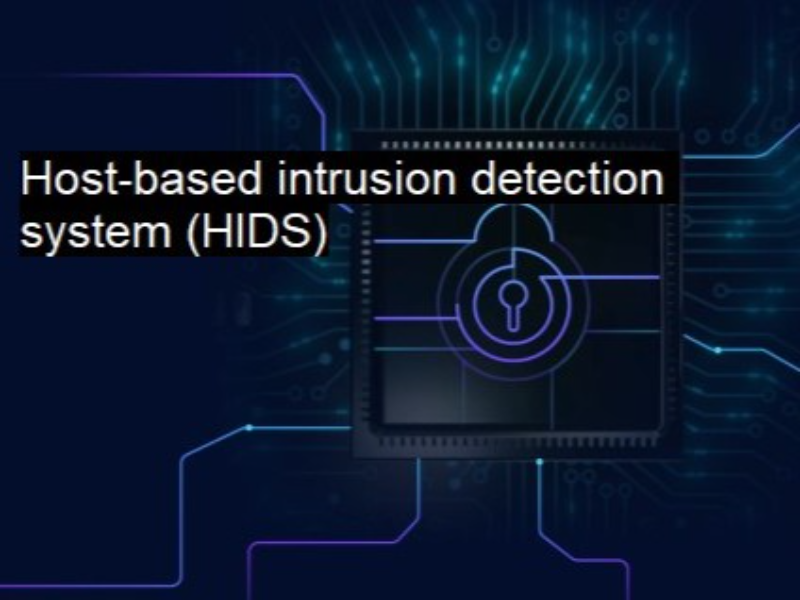- A host-based intrusion detection system is a security software that monitors and analyses events occurring within a computer or server to detect suspicious activities indicative of a security breach.
- The key components of a HIDS include event generators that collect data, event analysers that detect anomalies through rule-based or statistical methods, and response mechanisms that trigger actions upon detection of threats.
In today’s digital landscape, where cyber threats are becoming increasingly sophisticated and frequent, organisations must ensure they have robust security measures in place. One such measure is the host-based intrusion detection system (HIDS), which serves as an essential layer of defence by monitoring individual hosts for signs of malicious activity. This blog will explore what HIDS is, how it works, its key components, benefits, and potential limitations, providing a comprehensive understanding of this critical security tool.
What is a host-based intrusion detection system?
A host-based intrusion detection system (HIDS) is a security software that monitors and analyses events occurring within a computer or server to detect suspicious activities indicative of a security breach. Unlike network intrusion detection systems (NIDS), which monitor traffic on a network, HIDS focuses on the integrity of the host systems themselves, making it particularly useful for detecting internal threats and zero-day attacks.
Also read: What are the different types of intrusion detection systems?
How does HIDS work?
The primary function of HIDS is to monitor and analyse various system events, such as file changes, registry modifications, and process creations. It uses predefined rules and signatures, as well as anomaly detection algorithms, to identify patterns that deviate from normal behaviour. When such anomalies are detected, alerts are generated, allowing administrators to take appropriate action before significant damage occurs.
Also read: What is a host intrusion prevention system and how does it work?
Key components of HIDS
Event generators
Event generators are responsible for collecting data about system events. These can include system calls, log files, and other audit trails that provide insight into the system’s state.
Event analysers
Event analysers process the collected data, looking for deviations from established baselines. They may use rule-based methods, where known attack signatures are matched against incoming events, or statistical methods that identify unusual patterns based on historical data.
Response mechanisms
Once an anomaly is detected, response mechanisms are triggered. These can range from simple notifications to automated actions such as blocking processes or quarantining files, depending on the severity of the threat.
Benefits of using HIDS
Comprehensive protection
HIDS provides detailed visibility into the internal workings of a host, enabling organisations to detect both external and internal threats effectively. It complements other security measures like firewalls and antivirus software by focusing on the host level.
Customisation and flexibility
HIDS solutions can be tailored to fit specific organisational needs. Administrators can configure rules and thresholds to align with their unique security policies, ensuring a more personalised approach to threat detection.
Detailed forensic analysis
HIDS captures detailed logs and audit trails, which are invaluable for forensic investigations. In the event of a breach, these logs can help determine the extent of the damage and the methods used by attackers.
Limitations of HIDS
While HIDS offers significant advantages, it is not without limitations. High false-positive rates can lead to alert fatigue, where security personnel become desensitised to warnings due to the volume of false alarms. Additionally, the resource-intensive nature of HIDS can impact system performance, especially on older or less powerful machines.

